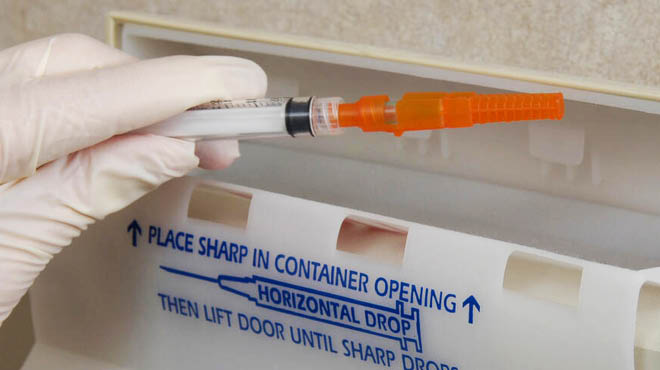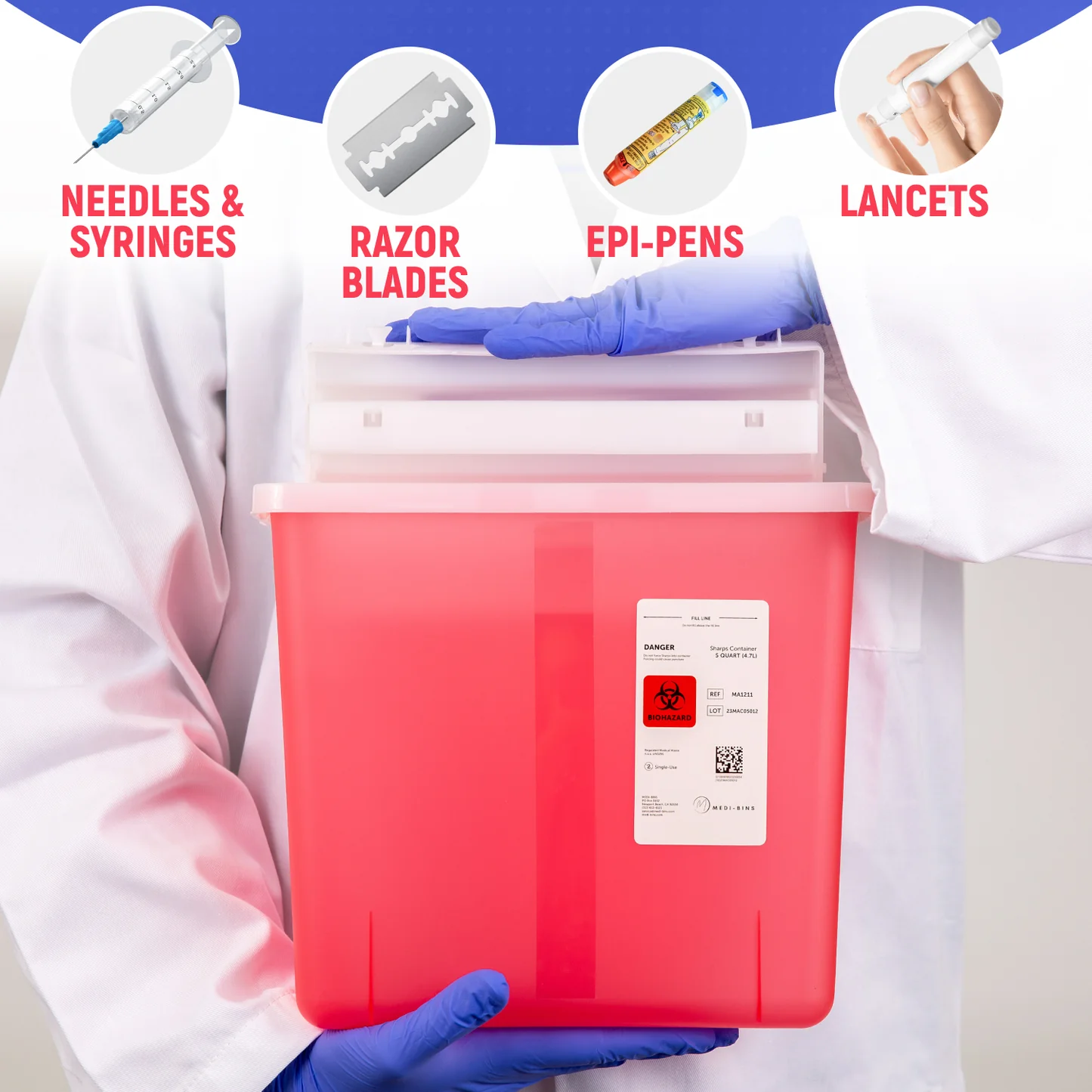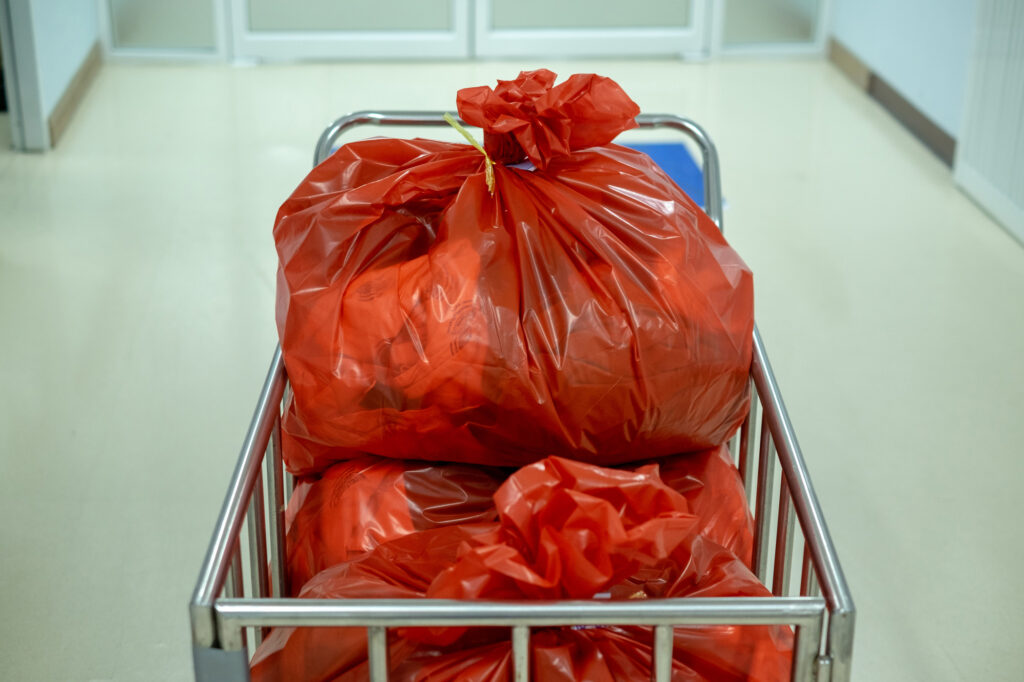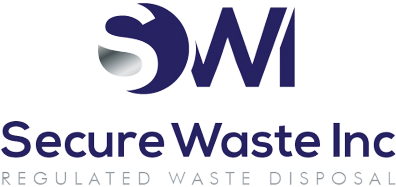Proper Sharps Use And Disposal: A How-To With Sharps Management From Secure Waste
Imagine a world where medical professionals, patients, and the general public are safeguarded from accidental needle sticks and injuries—a world where public health is prioritized and safety is seamlessly integrated into every medical practice.
Understanding proper sharps disposal methods is the first step to achieving this level of safety. Whether working in a bustling hospital, a small clinic, or even providing care at home, ensuring the safe handling and disposal of sharp medical instruments and needles is non-negotiable.
This comprehensive guide will captivate your attention with everything you need to know about choosing the proper sharps container, mastering disposal practices, adhering to regulatory standards, and protecting yourself and others from potential hazards.
Learn More About Secure Waste Sharps Management
Understanding Sharps and Why Proper Disposal Matters
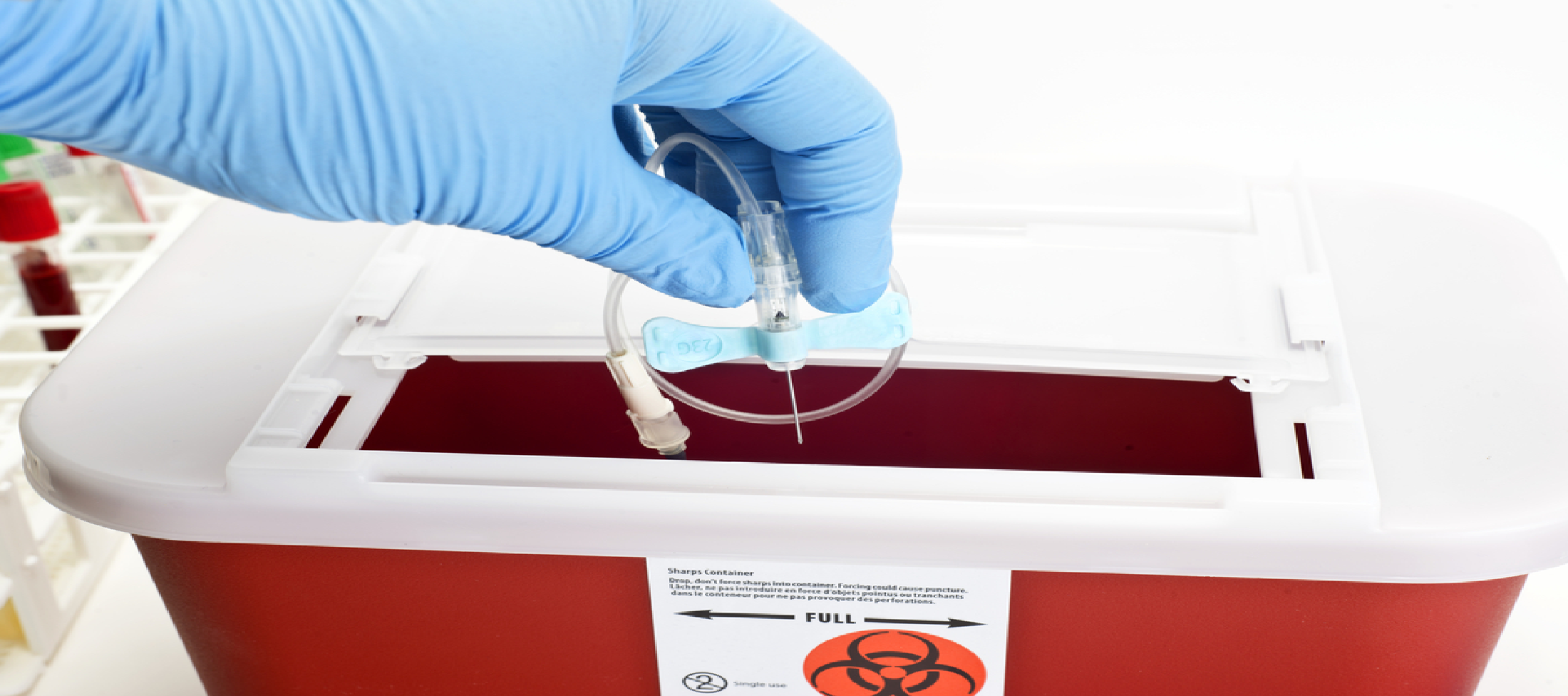
Medical sharps refer to healthcare tools with points or edges that can pierce or slice the skin, such as needles and syringes. Mishandling sharps can cause needle pricks, which can expose individuals to bloodborne diseases like HIV and hepatitis B and C.
Why Proper Disposal Matters:
- Safety for Healthcare Workers and the Public: Ensuring the safety of healthcare workers and the public is crucial, as needlestick injuries can happen while handling and processing waste materials, resulting in the transmission of infections. According to the Centers for Disease Control and Prevention (CDC), approximately 385,000 needlestick injuries occur annually among healthcare workers in the United States.
- Environmental Impact: Improperly disposing of sharps creates hazards and increases risks for wildlife and communities as these items enter the waste stream.
- Legal Compliance: Adherence to requirements is crucial when handling medical waste, protecting public health, and avoiding penalties imposed by local and national authorities at different levels of government.
Choosing the Right Sharps Container
Choosing the sharps disposal container is the crucial first step in guaranteeing safe disposal practices for different environments and complying with specific needs and regulations.
Key Characteristics of an Effective Sharps Container:
- Durability: The container must be crafted from plastic to avoid leaks or punctures.
- Sealability: It should come with a lid that fits securely to avoid spills and keep out users.
- Visibility: Clear or slightly see-through containers enable users to monitor the level of contents to prevent overfilling.
- Labeling: Containers must have biohazard symbols and relevant warnings labeled on them for safety reasons.
- Size: Containers are available in a range of sizes to cater to requirements, from compact choices suited for individual use to larger options designed for medical facilities and clinics.
Types of Containers:
- Personal Use Containers: Small FDA-approved containers are perfect for people dealing with long-term health issues at home.
- Portable Containers: Mobile clinics and field workers can easily transport compact, puncture-resistant containers.
- Hospital-Grade Containers: Sturdy containers designed for hospitals are larger and feature secure locking mechanisms to handle a high volume of use.
Best Practices for Choosing a Container:
- Make sure the container complies with both federal regulations.
- Choose containers with a locking mechanism to avoid unintended openings.
- Make sure to use plastic containers to resist punctures effectively.
Proper Handling of Sharps and Containers
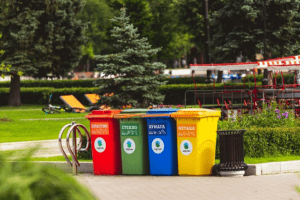
Proper management begins with the utilization of sharps containers and extends to their ultimate disposal, emphasizing the need for careful execution at every stage to reduce potential hazards.
- Never Re-Cap or Bend Needles: Never recap or bend needles. This increases the risk of punctures. Dispose of needles immediately after use.
- Dispose of Sharps Immediately: After use, discard sharp objects by placing needles and syringes directly into the designated container without delay.
- Avoid Overfilling: Remember to replace the sharps container once it’s three-quarters full to prevent spills and accidental exposure caused by overfilling it.
- Keep Containers Upright: Always position sharps containers upright and secure them to avoid spills and leaks.
- Use One-Hand Techniques: Techniques like the single-hand scoop help reduce needle-stick accidents. Dispose of sharps safely by following these methods.
Placement of Sharps Containers:
- Accessibility: Containers holding sharps should be conveniently located in places like examination rooms and patient care areas for access.
- Secured Location: Place the containers in areas to avoid unauthorized access, such as public spaces, like walls or counters.
- Away from Children and Pets: Keep objects away from children and pets by storing them in a safe place outside their reach, in home environments.
Best Practices for Safe Disposal of Full Sharps Containers
Safely disposing of full sharps containers is as crucial as using them correctly. Each region has specific regulations for medical waste disposal that must be followed.
- Seal the Container: Before disposing of the container, ensure it is sealed securely. To prevent spillage, use any locking mechanisms present.
- Label the Container: Some areas require additional labeling to identify the contents. Could you check with local regulations for specific labeling requirements?
- Choose an Appropriate Disposal Method:
- Drop-Off Locations: Community drop-off sites, such as health clinics, hospitals, and pharmacies, often accept full sharps containers.
- Mail-Back Programs: These services allow users to mail their full sharps containers to a disposal facility.
- Professional Medical Waste Disposal Services: Licensed services that handle the collection, transportation, and disposal of medical waste for larger facilities.
- Avoid Improvised Disposal: Never place sharps containers in regular household trash or recycling bins unless permitted by local regulations. This practice can lead to injuries among sanitation workers and contamination of recyclable materials.
Disposal Options:
- Pharmacies and Clinics: Pharmacies and medical facilities often provide programs for disposing of sharps items.
- Local Health Departments: Contact the health departments to ask about available services for community waste disposal.
- Medical Waste Disposal Companies: Waste disposal businesses primarily serve healthcare establishments and organizations that generate large amounts of waste.
- Home Disposal Guidelines: Some regions allow residents to discard sealed sharps containers in household garbage, provided they follow proper guidelines. Always consult local authorities for approval before disposal.
Regulatory Guidelines and Compliance
Adhering to local, state, and federal regulations ensures that sharps disposal is handled correctly and legally. Compliance is not only a safety measure but also a legal requirement.
Key Regulations to Follow:
- OSHA (Occupational Safety and Health Administration): Sets standards for the handling and disposing of sharps in workplaces, emphasizing employee safety.
- FDA (Food and Drug Administration): Regulates the approval and labeling of sharps disposal containers, ensuring they meet safety standards.
- EPA (Environmental Protection Agency): Provides guidelines for the environmental safety of medical waste disposal.
- State and Local Regulations: Each state and local government may have its own rules for sharps disposal, which must be observed.
Tips for Compliance:
- Stay Updated: Ensure you stay informed about any changes to medical waste disposal laws, as regulations can change over time.
- Employee Training: Training employees in healthcare settings on the procedures for using and disposing of sharp objects is a crucial safety measure that must be included in standard protocols.
- Documentation: Ensure that you keep records of how sharps are disposed of and any incidents that occur for audits and compliance assessments.
- Proper Storage: Store sharps containers until they are ready for disposal, as outlined by regulatory authorities.
Preventing Needle-Stick Injuries and Exposure
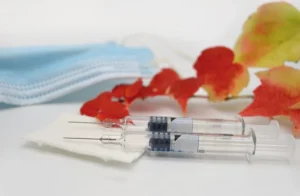
Improper sharps disposal risks causing accidental needle stick injuries and endangering healthcare workers, patients, and sanitation personnel. Handling sharps carefully and following safety protocols is essential to prevent these hazards.
The World Health Organization (WHO) estimates that 16 billion injections are administered annually in low- and middle-income countries, with a significant portion of these injections being unsafe due to improper disposal practices.
- Use Safety-Engineered Devices: Use safety-enhanced tools, such as needles and syringes, with safety features, such as needles and protective shields.
- Educate and Train Staff: Comprehensive training on proper handling procedures, disposal techniques, and emergency responses to injuries is essential.
- Proper Container Placement: Place the object disposal containers strategically to promote immediate use after they have been used.
- Wear Appropriate PPE: Remember to wear PPE, like gloves, when dealing with sharp objects to lower the chances of getting exposed to risks.
Emergency Response to Needle-Stick Injuries:
- Immediate Action: For action, could you cleanse the impacted area well with soap and water and refrain from using harsh chemicals or disinfectants?
- Seek Medical Attention: Go to a doctor for evaluation and possible post-exposure prophylaxis (PEPs) within the recommended treatment timeframe.
- Document the Incident: Document what happened during the incident. Please note specifics about the sharp object involved and how the injury occurred, alongside any initial steps taken in the immediate aftermath.
- Follow-Up Care: Please remember to schedule and attend the follow-up medical appointments and tests as your healthcare providers advise.
Handling Sharps Safely in Non-Healthcare Settings: To ensure the safety of individuals dealing with medical conditions in their homes and those in their vicinity, it is essential to adhere to these instructions;
- Designate a Disposal Area: Create a spot in your house for managing and removing sharp objects.
- Keep Containers Out of Reach: Keep the sharps container where kids and pets can’t reach it.
- Educate Family Members: Ensure that all members of your family are informed about the significance of handling sharps and disposing of them properly.
Managing and disposing of sharps containers adequately safeguards public health and prevents accidents. Healthcare facilities and individuals must follow recommended procedures for selecting and discarding these containers responsibly. This creates a safer environment for everyone involved.
Moreover, staying updated through education and following local guidelines helps uphold strict safety protocols. These efforts also reduce hazards associated with sharp medical tools.
FAQs
What are sharps containers appropriate for?
Sharps containers are designed to safely dispose of contaminated needles, syringes, and other sharp medical instruments to prevent injuries and spreading infections.
What are the OSHA rules for sharps containers?
OSHA mandates that sharps containers be puncture-resistant, closable, leak-proof, and clearly labeled to indicate hazardous contents. Facilities must place them within easy reach at the point of use.
What three items should be disposed of using the sharps container?
Items that should be disposed of in sharps containers include contaminated needles, syringes, and scalpels.
Can you throw away sharps containers in Michigan?
In Michigan, sharps containers should be disposed of at designated drop-off locations or through a medical waste disposal service; they should not be placed in regular trash.
How are sharp needles disposed of?
Sharp needles are disposed of by placing them directly into a designated sharps container without recapping or bending them to minimize injury risk.
How do I dispose of medical sharps near me?
To keep medical sharps safe, you can find a nearby collection site or use a mail-back program designed explicitly for sharps disposal. Also, follow local regulations.
Where is the best place to dispose of sharps?
Dispose of sharps at designated collection sites like hospitals, pharmacies, or community health centers that offer safe disposal services.
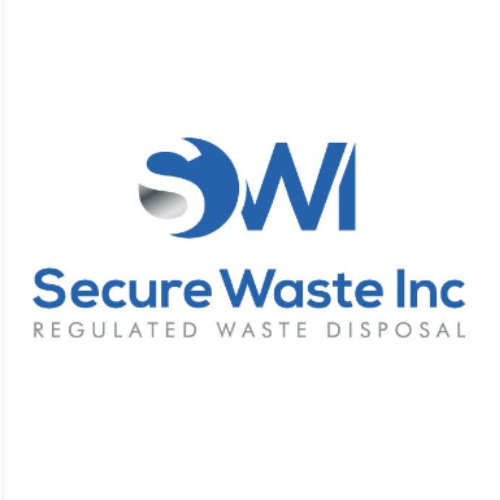
Expert Medical Waste Management: With over 25 years of industry experience, Secure Waste is a trusted local leader in hazardous and biohazardous waste disposal across Maryland, Virginia, and Washington, D.C. Specializing in medical waste management, sharps needle disposal, and biohazard waste removal, the company ensures full compliance with federal, state, and local regulations while prioritizing environmental sustainability.
The company also offers additional services, including secure document shredding and sharps container sales, providing comprehensive solutions for healthcare facilities and businesses. Our cost-effective services help clients maintain regulatory compliance without unexpected costs.
With a commitment to customer satisfaction, Secure Waste offers tailored waste management plans that align with industry best practices. Their team of experts provides reliable, timely, and compliant services, making them the preferred choice for medical waste disposal. For a free waste quote or more information, visit www.securewaste.net
